Quang Tri Ancient Citadel stands as a testament to unique architecture and a shrine to the heroic struggles intertwined with our nation’s history. Let’s journey through this unique historical site together with Vietnampeace.com.
1. Introduction to Quang Tri Ancient Citadel
– Location: Nguyen Tri Phuong Street, Ward 2, Quang Tri Town, Quang Tri Province.
– Opening Hours: 7:00 AM – 5:00 PM daily, including Sundays and holidays.
– Ticket Price: Free entry. Fees for offering incense or hiring guided tours: around 350,000 VND per group.
Quang Tri Ancient Citadel, or Quang Tri Citadel, resides in Quang Tri Town, Quang Tri Province. During the Nguyen Dynasty, it served as the Quang Tri region’s administrative center and military stronghold. Under French colonial rule, the citadel was the focal point of Quang Tri Province. But it was during the 1972 General Offensive and Uprising that the world witnessed the fierce and glorious struggle of the Vietnamese people for 81 relentless days right at this very site.
On December 9, 2013, Quang Tri Ancient Citadel was recognized as a unique national heritage site, becoming an unmissable destination for visitors exploring Quang Tri.
2. History of Quang Tri Ancient Citadel
Built during the reign of King Gia Long, Quang Tri Ancient Citadel was initially located in Trieu Thanh Commune, Trieu Phong District, Quang Tri Province. It was relocated to its current position in 1809. Over the years, it underwent reconstruction, notably in 1837 when King Minh Mang had it rebuilt with bricks. Inside the citadel were various structures serving administrative functions, including the Royal Court, Ky Dai (Flag Tower), Dinh Tuần Palace, Dinh Án Sát, Dinh Bố Chính, Dinh Lãnh Binh, Examination House, Military Camp, Kitchen, Warehouse, Examination Road, and Prison.
In the early 20th century, under French colonial rule, additional structures such as prisons, police stations, and command offices were built within the citadel to facilitate colonial governance.
During the Republic of Vietnam era, it served as a military camp and housing for soldiers. In 1972, much of the citadel’s architecture was heavily damaged by bombs and nearly flattened, with only the Eastern gate and sections of the walls and moat remaining.
3. Exploring the Unique Architecture of Quang Tri Ancient Citadel
After the war, efforts were made to restore damaged sections of the citadel, including pathways and walls. The four main gates were reconstructed. In the central area, a memorial plaza and a mass grave for thousands of brave soldiers were built. In the southwest corner, a museum was established to exhibit artifacts and recreate the harsh scenes of the war.
Quang Tri Ancient Citadel follows the typical Vietnamese citadel architecture. It has a square shape with a height of over 4m, a base thickness of 12m, and a wall circumference of over 2km. Surrounding the citadel is a robust moat system with four protruding bastions at each corner. The walls are constructed with large-fired bricks bound with lime, molasses, and other additives. Four main gates face East, West, South, and North.
The approach to the heritage site and the courtyard inside the citadel are paved with concrete and interspersed with grassy patches. To the west of the citadel lies a road leading from the inner gate to the bank of the Thach Han River, accompanied by bell towers, a park area, a large square, and lantern-lit docks on both sides of the river.
The bell tower was inaugurated on April 29, 2007. Standing nearly 10 meters tall, it houses a bronze bell with dimensions of 3.9 meters and 2.15 meters in diameter, weighing almost 9 tons. The bell tolls on ceremonial days and festivals to honor the souls of the fallen heroes.
The memorial plaza, located in the central area of the heritage site and serving as a mass grave, was designed based on Yin and Yang philosophy principles. Its octagonal shape symbolizes the eight trigrams, with four ascending paths representing the four cardinal directions and a double-tiered altar for offering incense. Above the altar is a subtly designed traditional-style roof. The memorial plaza has 81 steps, symbolizing the 81 days and nights of fiery combat at Quang Tri Ancient Citadel. Additionally, visitors must climb 81 steps to reach the monument plaza, symbolizing the 81 days and nights of intense battle at Quang Tri Ancient Citadel.
In the southwest, the Quang Tri Ancient Citadel Museum is erected to preserve and exhibit historical artifacts, soldiers’ letters to their families, and sculptures depicting fierce war scenes.
4. Experiences at Quang Tri Ancient Citadel
4.1 Exploring the Architecture of the Heritage Site
Today, Quang Tri Ancient Citadel still retains ancient structures such as underground tunnels, city gates, temples, and former prisons. Covered with moss and foliage, they add a solemn aura to the heritage site. Moreover, visitors can learn about the Yin and Yang philosophy in the citadel’s architecture.
4.2 Visiting the Monuments
Within and around the citadel are numerous monuments like memorial plazas, bell towers, museums, parks, and squares, allowing visitors to immerse themselves in memorable experiences and capture precious moments with friends and family.
4.3 Commemorating the Courageous Generation for Independence
Don’t forget to light incense to honor the fallen heroes when visiting. Here, visitors can relive the heroic moments of the past through meaningful and dignified activities such as offering incense to remember the fallen heroes and releasing lanterns on the Thach Han River.
5. Tips for Visiting Quang Tri Ancient Citadel
– If you wish to offer incense to the fallen heroes, contact the heritage site management and adhere to the regulations for a solemn ceremony.
– Quang Tri Ancient Citadel is conveniently located in the town center, accessible by various means of transportation. Those from afar can book flights to Hue Airport or Dong Hoi Airport and then take inter-provincial buses to Quang Tri Town.
– There are several accommodations near the heritage site, making it convenient for lodging and exploring other famous destinations in Quang Tri. Vietnampeace.com recommends places like Sai Gon Dong Ha Hotel, Muong Thanh Grand Quang Tri, and Golden Hotel.
– This place is considered sacred land, as every inch of soil is soaked in the blood and bones of countless heroic martyrs who sacrificed for the nation’s independence. Therefore, visitors should tread lightly, dress appropriately, show respect and reverence, and refrain from inappropriate behavior.
Visiting Quang Tri Ancient Citadel is like reliving the heroic chapters of the “Summer of Fire” in 1972, honoring and paying tribute to the generations who sacrificed their youth for the nation’s independence. It remains a red address for future generations to look back on, to remember, and to preserve the unwavering patriotism of the Vietnamese people.
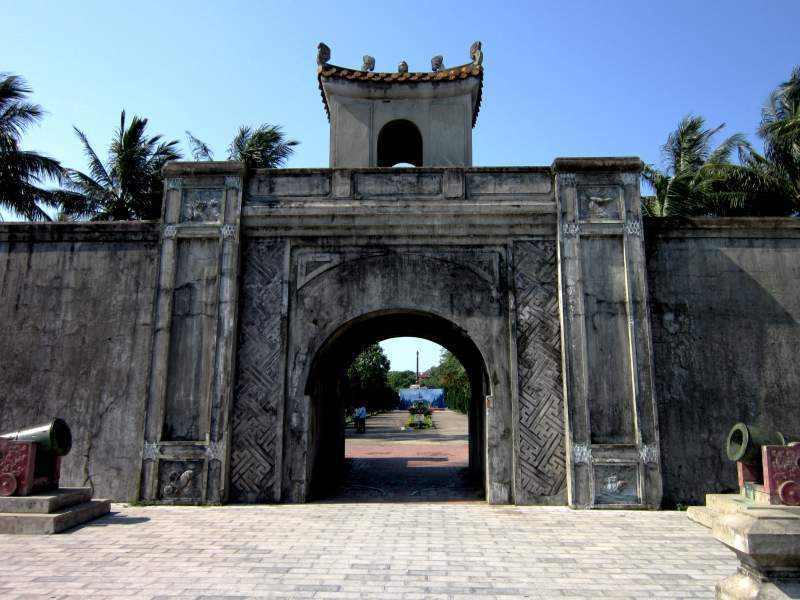
Sacred in Quang Tri Citadel (Photo collected)
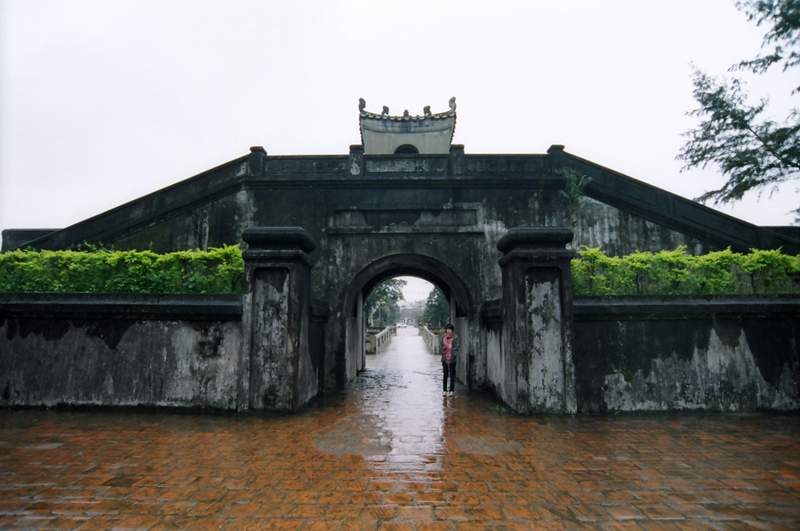
Over the years, the ancient city is now tinged with moss (Image collection)
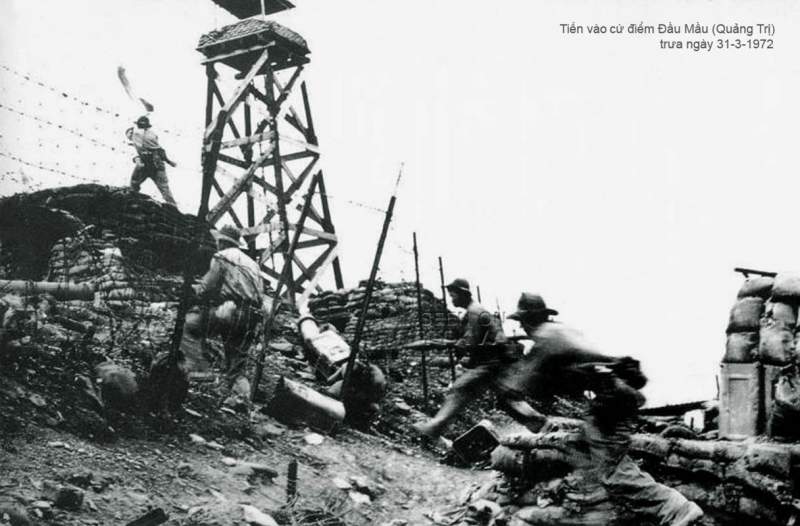
Quang Tri citadel in the years of fighting (Image: Collection)
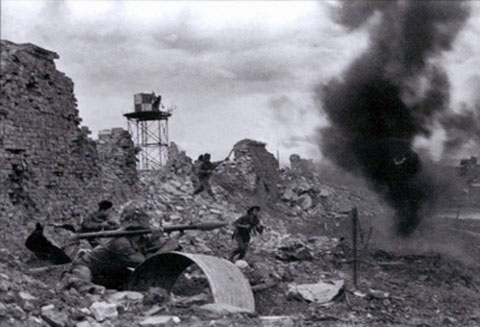
The ruined citadel during the storms and storms of 1972 (Image collection)
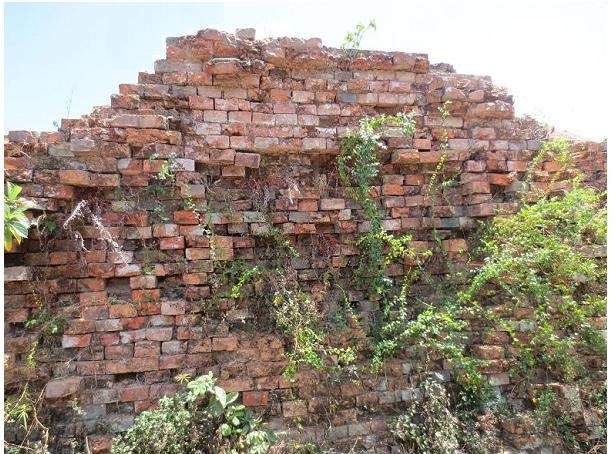
Ruined city walls remain (Image: Collection)
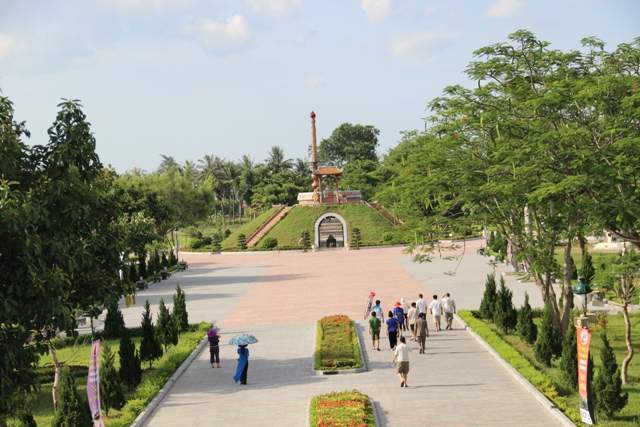
The influx of people heading to Quang Tri citadel to pay tribute to the deceased (Photo collected)
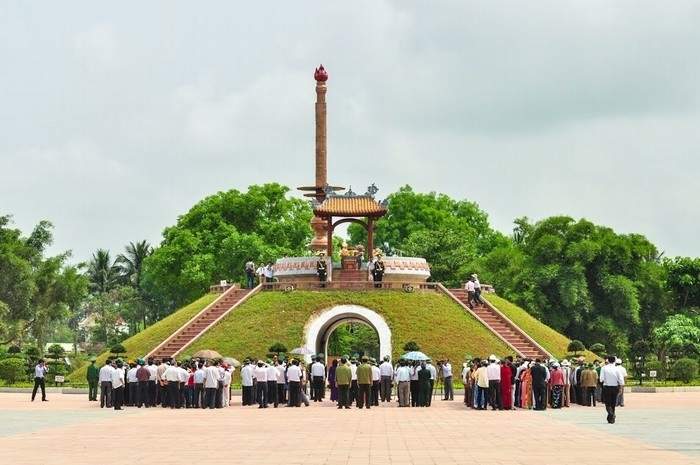
Quang Tri Citadel Monument is a place for people to remember (Photo collection)
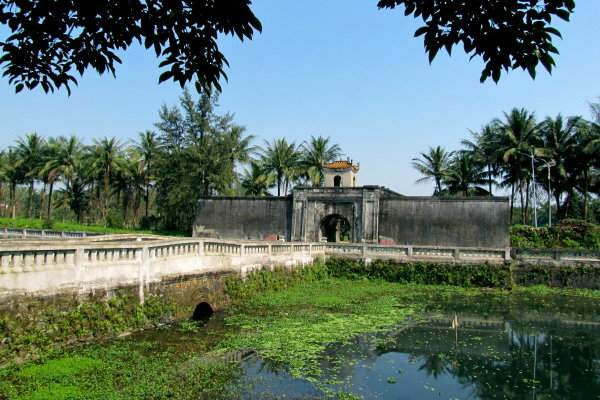
Today’s citadel is filled with the green of trees (Photo collection)
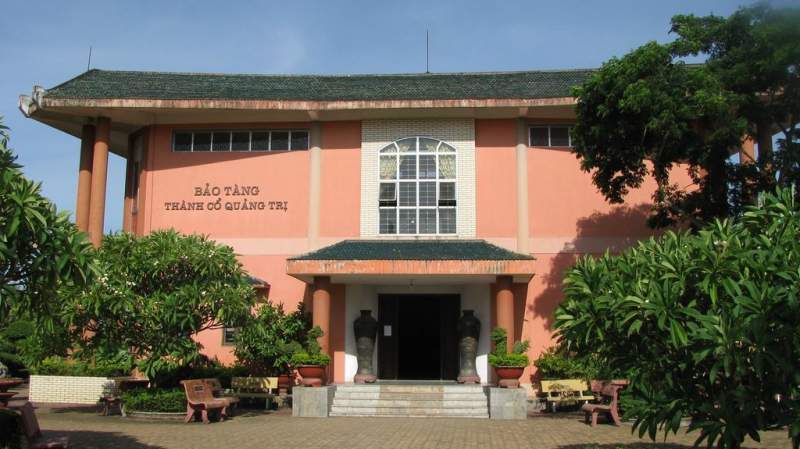
The museum of the ancient city is home to many relics of the soldiers (Photo collection)
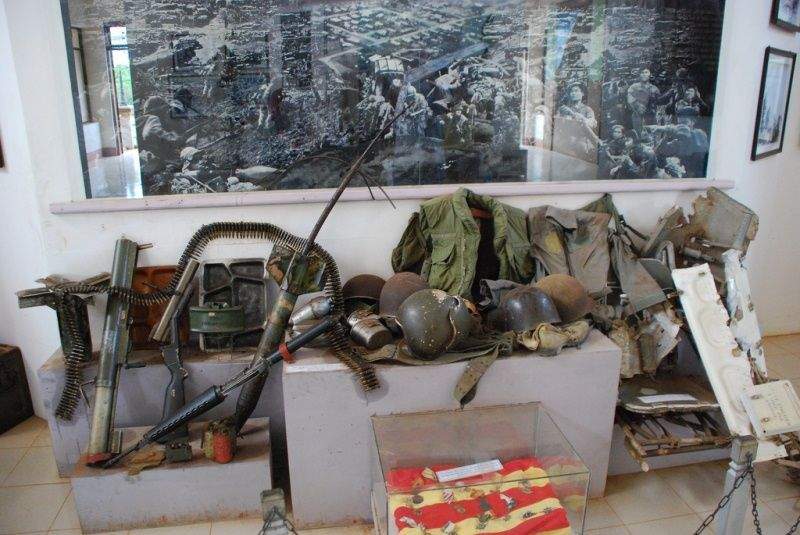
Relics of the soldiers are kept (Photo collection)
